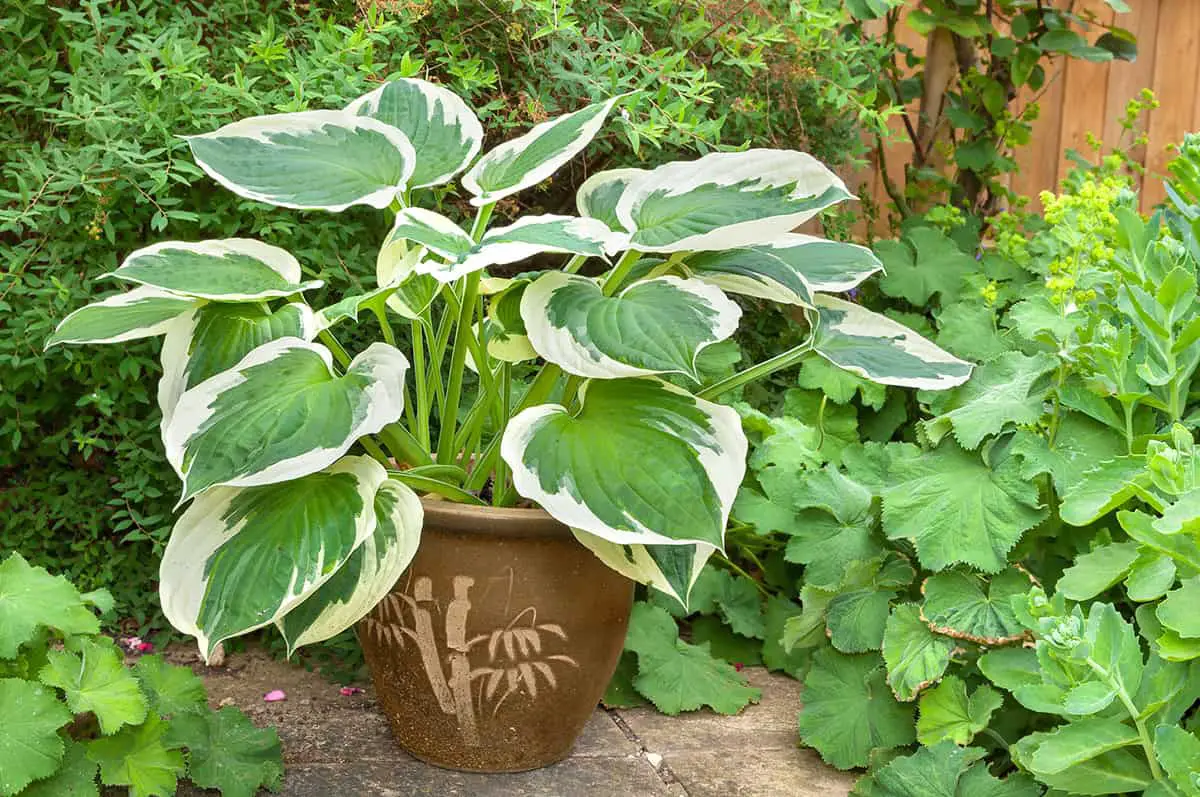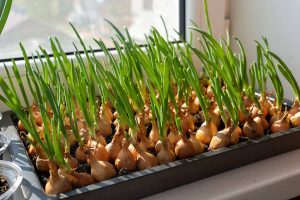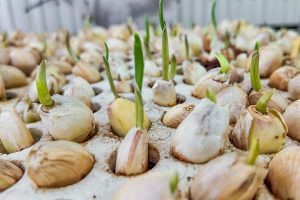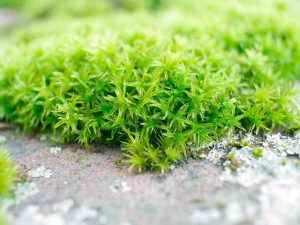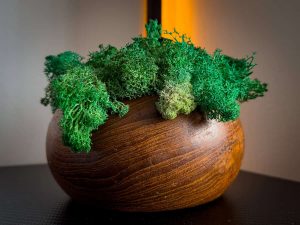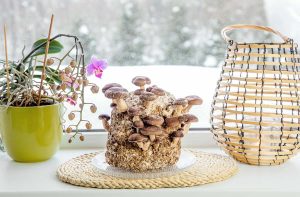You’ve recently added a few Hosta plants to your garden, and you’re attracted by their lush foliage and low-maintenance reputation. But now you’re unsure how to keep them looking their best. Here, we’ll help you learn the key tips to ensure your Hostas remain healthy and vibrant.
| Common Name | Hosta |
| Botanical Name | Hosta spp. |
| Family | Asparagaceae |
| History & Origin | Native to Northeast Asia |
| Plant Type | Perennial |
| Mature Size | 6 inches to 3 feet tall, 1-6 feet wide |
| Sun Exposure | Partial to full shade |
| Soil Type | Moist, well-draining, rich in organic matter |
| Soil pH | 6.0-7.5 |
| Temperature | 60-80°F |
| Watering | Keep soil consistently moist |
| Fertilizing | Balanced, slow-release fertilizer in spring |
| Bloom Time | Summer |
| Flower Color | White, lavender, purple |
| Hardiness Zone | 3-9 USDA |
| Toxicity | Toxic to pets if ingested |
| Common Problems | Slugs, snails, deer, crown rot, leaf spot |
Table of Contents
Light
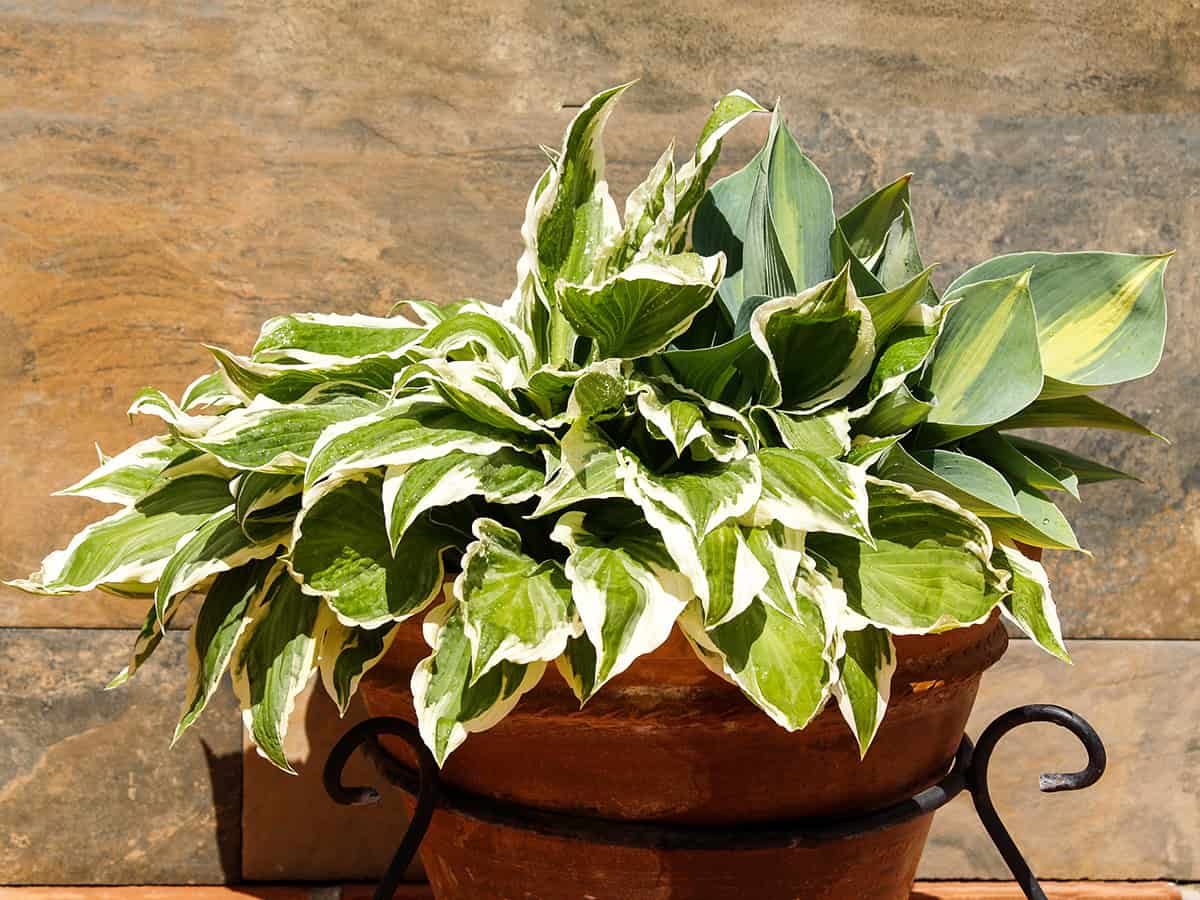
Hostas thrive in shade. They are ideal for areas with limited sunlight. Dappled or partial shade is perfect for most varieties. Hostas need some direct sunlight, preferably in the morning.
Direct afternoon sunlight can stunt growth or damage leaves. If you must plant in sunnier spots, choose heat-tolerant varieties. Variegated hostas often need more light than all-green types.
- Full shade: Hostas do well but may grow slowly.
- Partial shade: Excellent for vibrant foliage colors.
Ensure nearby trees do not block too much light. This can also create competition for nutrients.
Check your garden’s light patterns before planting. Adjust planting locations if necessary for optimal growth. Test different spots if unsure about light availability.
Soil
Hostas thrive in well-drained soil. Slightly acidic soil offers the best performance for these plants. You can improve the soil by adding compost or other organic matter.
Work the organic matter into the soil to a depth of 10 inches. This helps the roots access nutrients and moisture. Hostas do well in soil that remains moist but not soggy.
If the soil is too wet, especially in winter, hostas may suffer. Ensure good drainage to prevent problems. Sandy soil or soil with organic matter drains well.
Hostas prefer a pH range of 6.0 to 6.5. Testing your soil’s pH level can help determine if adjustments are needed. You can add lime to raise the pH or sulfur to lower it.
Moisture is important for growing hostas. Regular watering ensures healthy, lush leaves. Mulching around the plants helps retain moisture and regulate soil temperature. Use materials like shredded bark or leaf mulch.
Choose a shaded area with indirect sunlight for planting hostas. Some varieties tolerate more sun but avoid full afternoon sun.
Watering
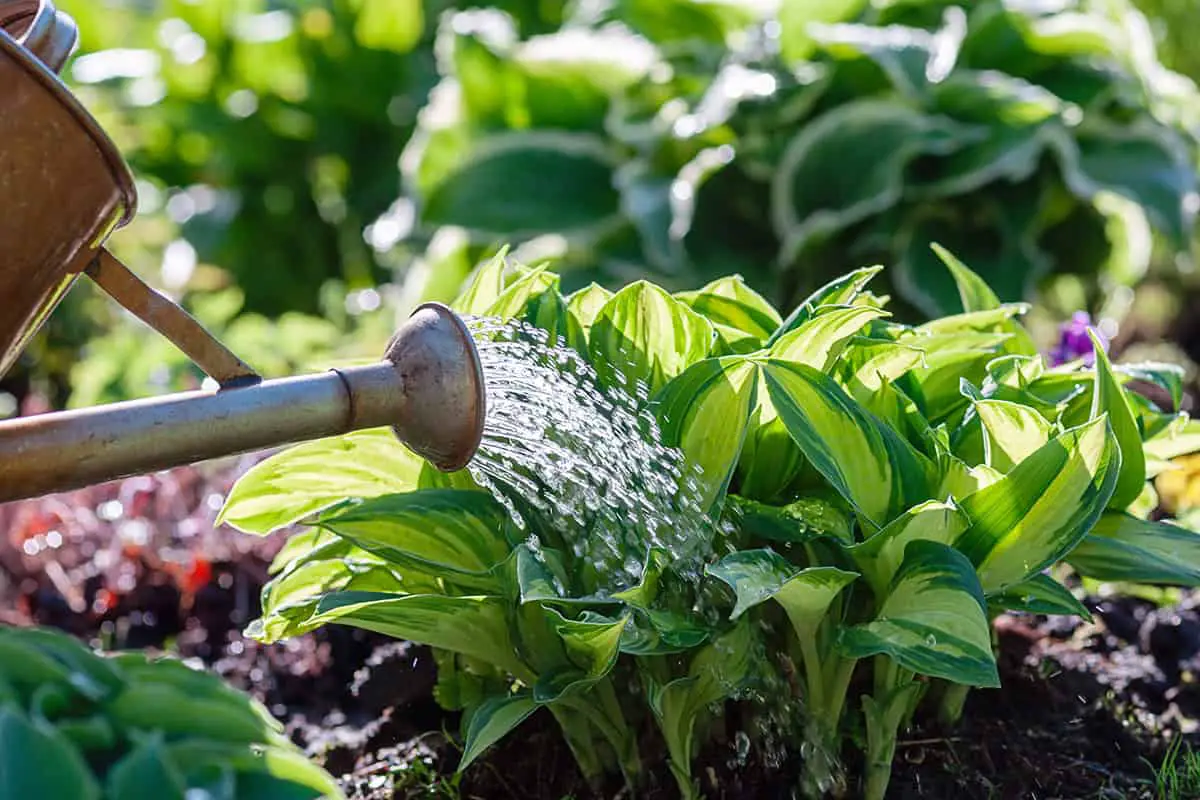
Hostas thrive best with around 1 inch of water per week. Deeper, infrequent watering benefits them more than frequent, shallow watering. This helps their roots grow deeper, making them more resilient.
If you plant hostas in dry shade or sunny locations, they need extra water.
Hostas growing under shallow-rooted trees like maples also require added moisture.
Overwatering can harm hostas. Ensure the soil drains well. Hostas are intolerant of soggy soil, especially during winter. Waterlogged soil can lead to root rot and other issues.
During drought or summer heat, increase watering slightly.
A helpful way to track moisture is to use a rain gauge. This ensures you provide the correct amount of water.
Hostas thrive with a soil mix rich in organic matter. It retains moisture better, reducing the frequency of watering. Mulch can also help maintain soil moisture.
In the growing season, monitor the soil frequently. Adjust your watering routine based on rainfall and humidity.
Temperature and Humidity
Typically, Hostas prefer cool to moderate climates. These plants need a dormant period with temperatures below 40 degrees Fahrenheit for a couple of months each year. This dormancy helps them rejuvenate and produce vibrant foliage in the growing season.
Hostas tolerate a variety of humidity levels. However, they perform best in moderate to high humidity. Excessive dryness can stress the plants, leading to brown leaf edges. Maintaining consistent moisture without waterlogging the soil is crucial.
In regions with harsh winters, hosta foliage dies back once temperatures drop below 28 degrees Fahrenheit. Ensure the soil is well-drained to prevent root rot during these colder months.
When transitioning hostas from indoors to outdoors, acclimate them gradually. Begin with a couple of hours of exposure to outdoor conditions each day. Gradually increase this duration over several days.
Fertilizer
Apply a balanced fertilizer, such as 10-10-10, at the beginning of spring when new growth emerges. This type of fertilizer supplies essential nutrients: nitrogen, phosphorus, and potassium.
Use half a pound of 10-10-10 fertilizer per 100 square feet. Distribute it evenly around the plant, avoiding direct contact with the leaves.
Slow-release fertilizers are also beneficial. They provide a steady supply of nutrients throughout the growing season, which helps maintain consistent growth.
Mulching is useful. It helps to conserve moisture, reduce weed growth, and slowly add nutrients back into the soil. Organic mulch like shredded bark or composted leaves works well.
Avoid over-fertilizing. Too much fertilizer can cause leaves to burn or result in weaker plants. Follow the recommended guidelines on the fertilizer packaging.
For best results, consider getting your soil tested. This will help you determine the precise requirements for lime and fertilizer. Proper soil pH and nutrient levels ensure optimal plant health and growth. Soil testing kits are available at garden centers or through local extension services.
Propagation
Propagating hostas involves several methods, each suited to different needs and skill levels. The most common method is division. You should divide hostas every 3 to 5 years in early spring or fall. This method involves digging up the plant and splitting it into smaller sections with at least one eye and root.
Tissue culture is another effective way to propagate hostas. This laboratory technique produces multiple plants quickly. It’s a popular choice for commercial growers and those needing many identical plants. However, it requires specialized equipment and skills.
Growing hostas from seed is also possible. Keep in mind that many varieties will not produce offspring identical to the parent. For best results, plant seeds in a well-draining soil mix and provide consistent moisture. This method takes longer to produce mature plants.
Each propagation method has its advantages. Whether you’re a home gardener or a professional, select the method that fits your needs.
Pruning
Pruning hostas is not a complex task. You should focus on removing dead or damaged leaves. Use clean, sharp scissors or pruning shears for this job.
Cut leaves at their base. This keeps the plant tidy. Remove any flower stalks as they fade. This helps the plant direct energy to the leaves.
During fall, most hosta leaves will die back. Prune these leaves to ground level. This reduces the risk of disease. You will want to do this before the first frost.
If pests are an issue, removing affected leaves can help. You might need to inspect your hosta regularly. This ensures it stays healthy.
Pruning hostas in spring is less common. Yet, you can trim away any leftover debris from winter. This encourages new growth and keeps your garden looking fresh.
Remember, hostas are hardy. You don’t need to prune frequently. Just remove what is necessary.
Potting and Repotting
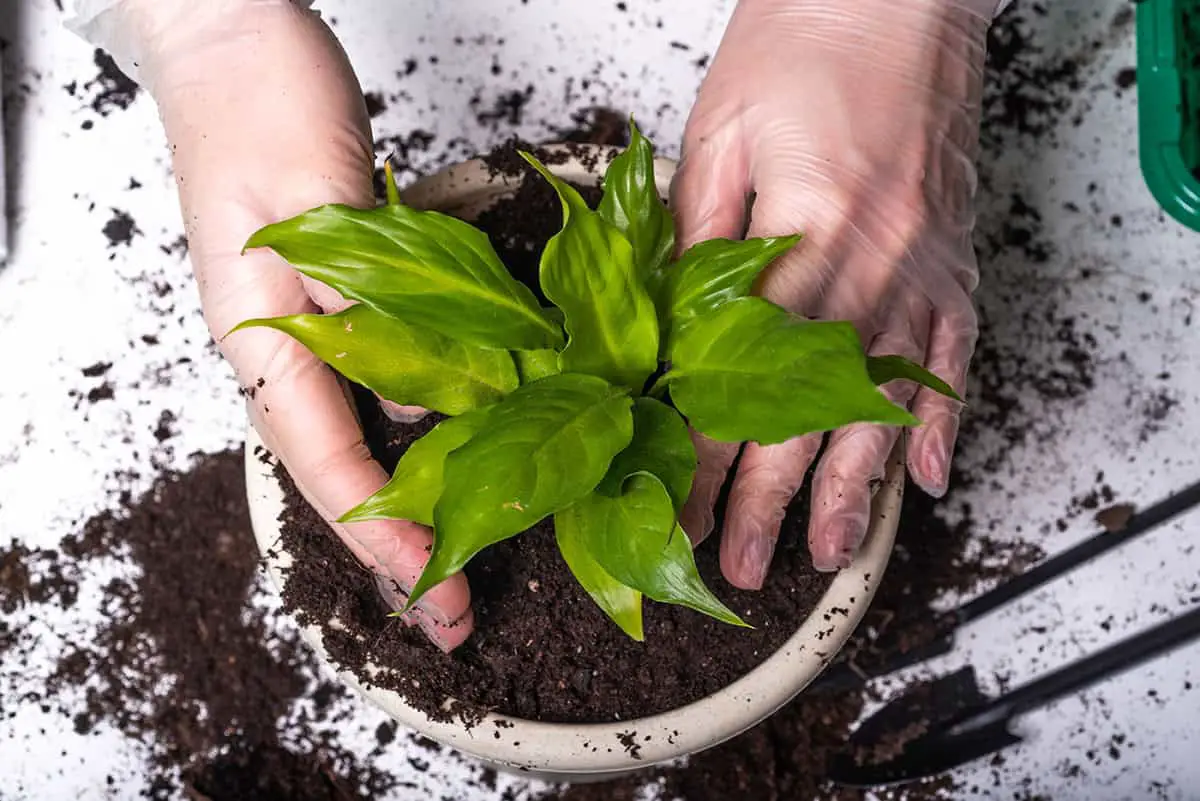
Hostas thrive in pots with good drainage. Use a pot with drainage holes. Add a few pebbles or broken clay pieces at the bottom.
Fill the pot with a high-quality potting mix. Make sure it’s well-drained and rich in organic matter. Add your Hosta, ensuring it’s at the same depth it was previously growing.
When repotting, choose a pot slightly larger than the current one. Carefully remove the Hosta from its old pot. Gently shake off excess soil. Place it in the new pot and fill in with fresh potting mix.
Water thoroughly after repotting. Keep the soil consistently moist but not waterlogged. It’s important to ensure the pot is in a location with morning sun and afternoon shade for optimal growth.
For best results, repot Hostas every two years. This ensures they don’t become root-bound.
Common Problems & Troubleshooting
Hostas can face several problems. Slugs and deer are among the most common pests. Slugs chew on leaves, leaving holes. To combat slugs, you can use slug bait or hand-pick them at night.
Deer loves to munch on hostas. In urban areas, they might target hostas when other food is scarce. Protect your plants with fencing or repellents to deter them.
The disease can also affect hostas. One common issue is root rot, often caused by overwatering. Ensure the soil drains well to prevent waterlogged roots.
Hostas may suffer from leaf scorch. This happens when they get too much sun. Ensure they are planted in shady or partially shady spots to avoid this problem.
Watch out for foliar nematodes. These microscopic pests cause streaky, dead areas on leaves. You need to remove affected leaves and consider nematode treatments for protection.
Yellowing leaves can be due to crown rot. This disease thrives in warm, humid conditions. If you notice lower leaves turning yellow and wilting, inspect the plant roots.
Winter damage is another concern in colder climates. Mulch the base of the plant to offer some winter protection. Remove the mulch in spring to avoid moisture build-up that can lead to rot.
Hosta Varieties to Choose
When growing hostas, selecting the right variety is key. Hostas come in diverse sizes, colors, and textures.
H. sieboldiana ‘Elegans’ is a large hosta. It features mounds up to 7 feet wide. The leaves have a blue hue early in the season. This variety also offers fragrant, whitish flowers.
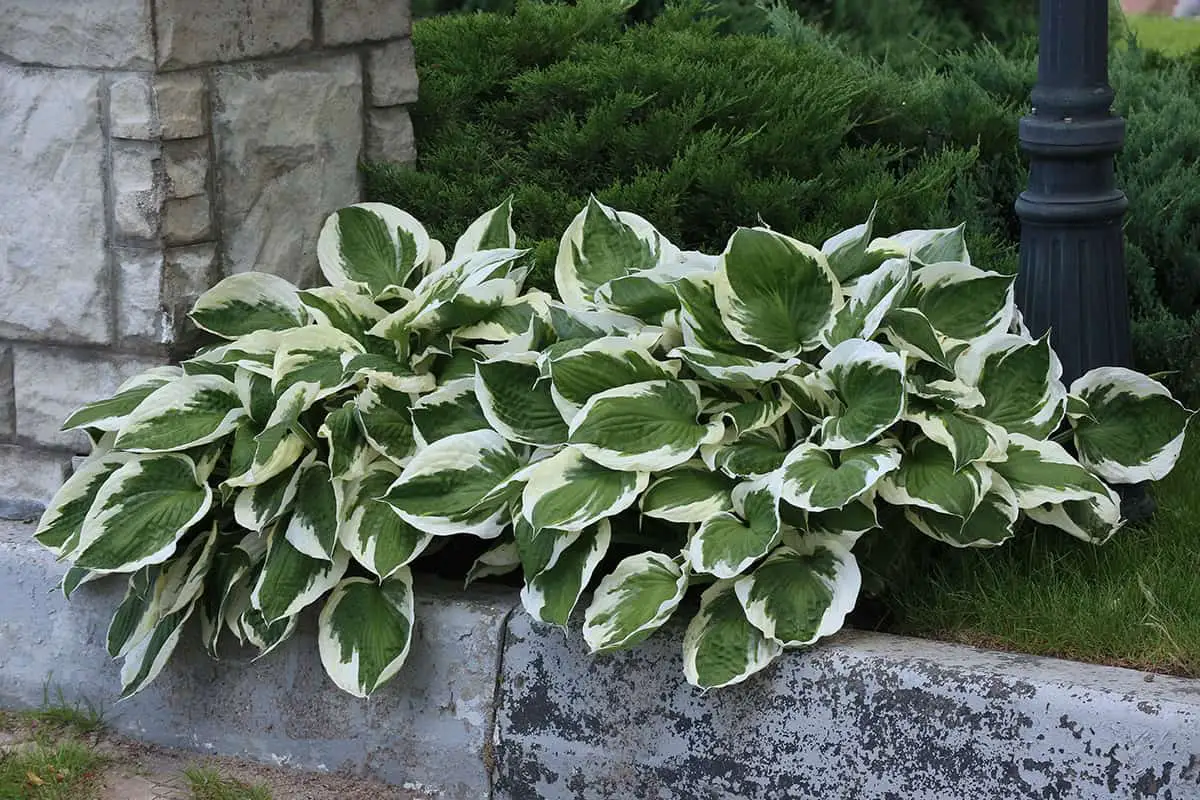
Another popular choice is Hosta ‘Patriot’. It has striking green leaves with white margins. This variety tolerates shade well and adds contrast to gardens.
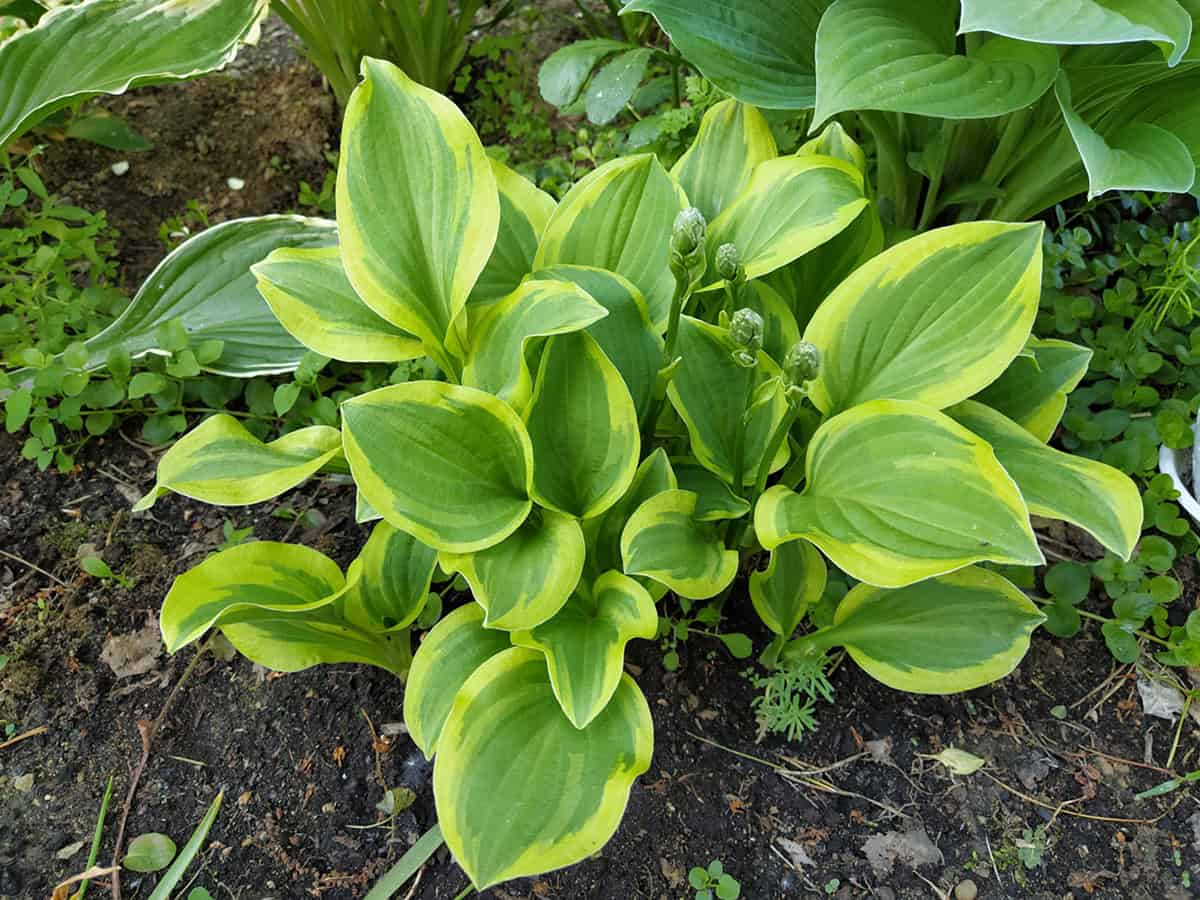
For a smaller option, consider Hosta ‘Golden Tiara’. It grows to a modest size, making it great for borders. The leaves have a gold edge, adding a splash of color.
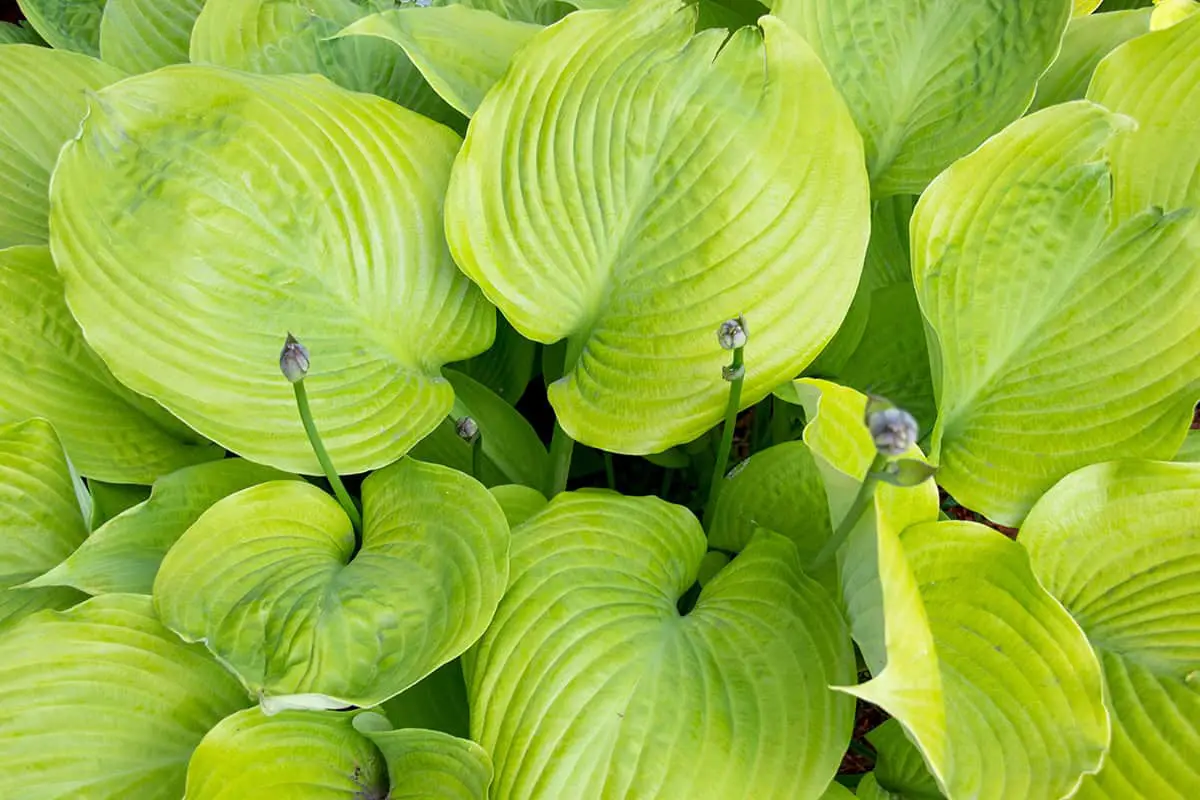
Hosta ‘Sum and Substance’ is known for its large chartreuse leaves. It can grow up to 30 inches tall. This variety is often used as a focal point in shady garden areas.
Remember, different varieties require different amounts of light. For instance, variegated types often need more sunlight to maintain their stripes. Be sure to match the variety with the garden’s light conditions.
